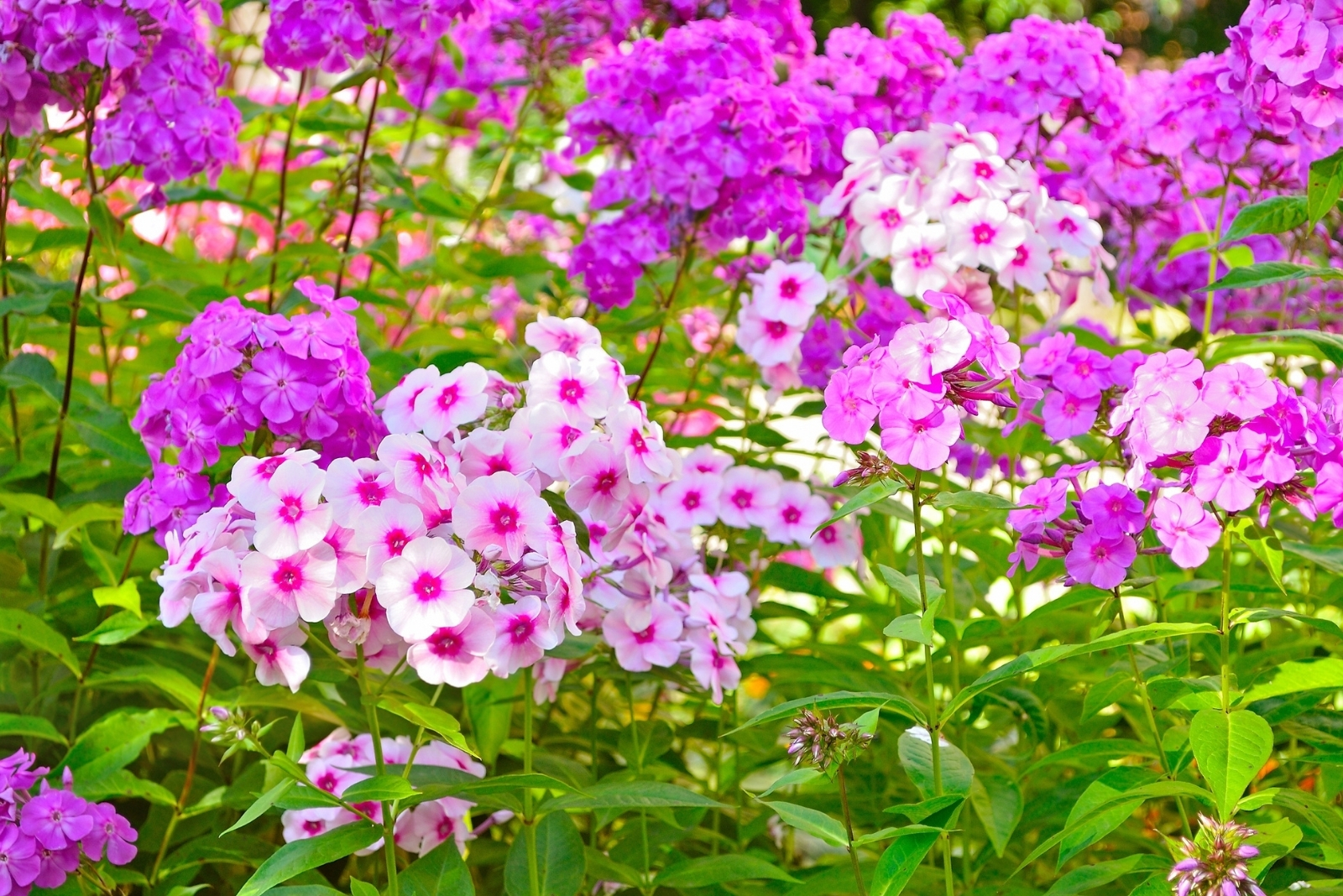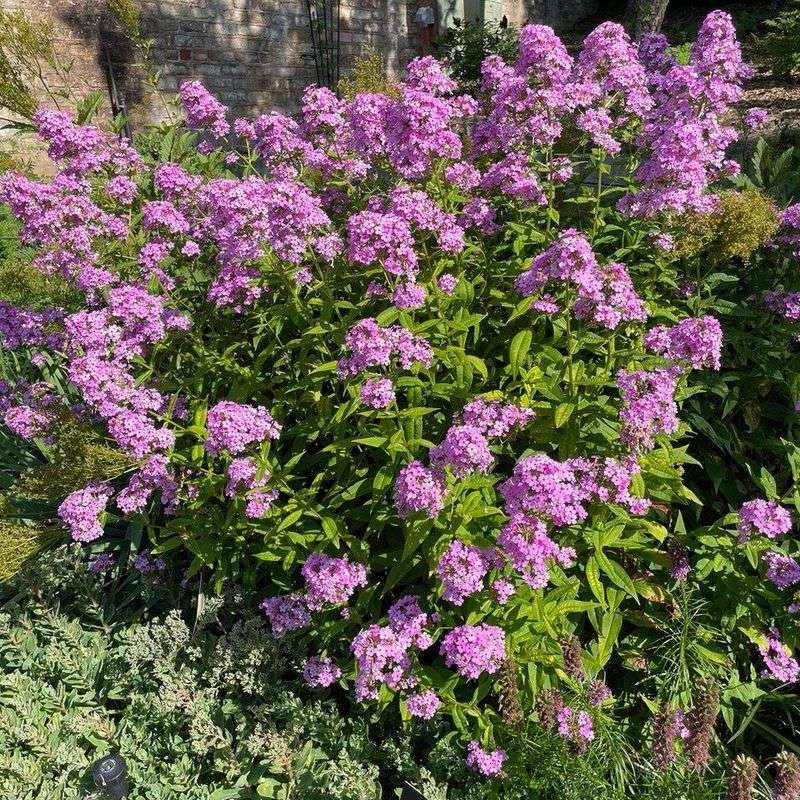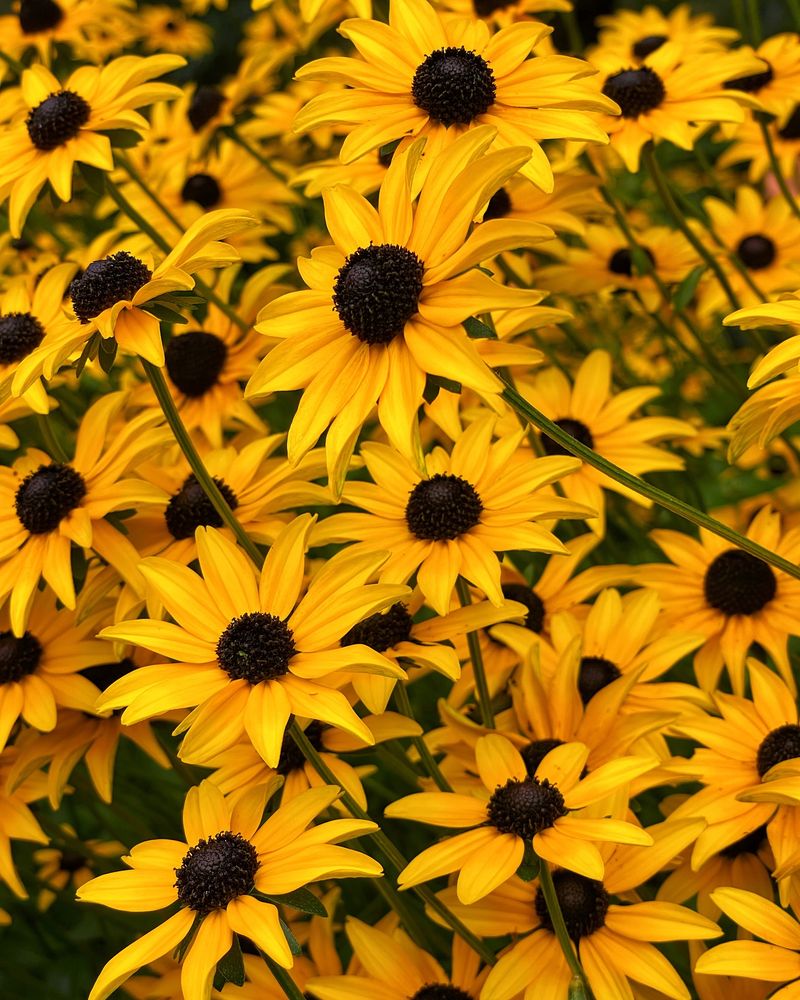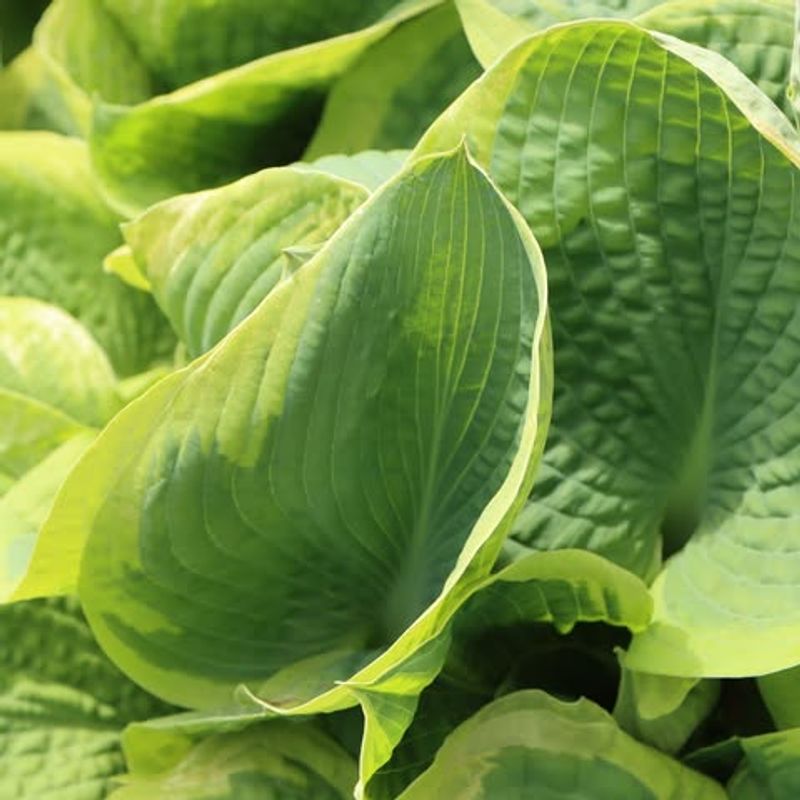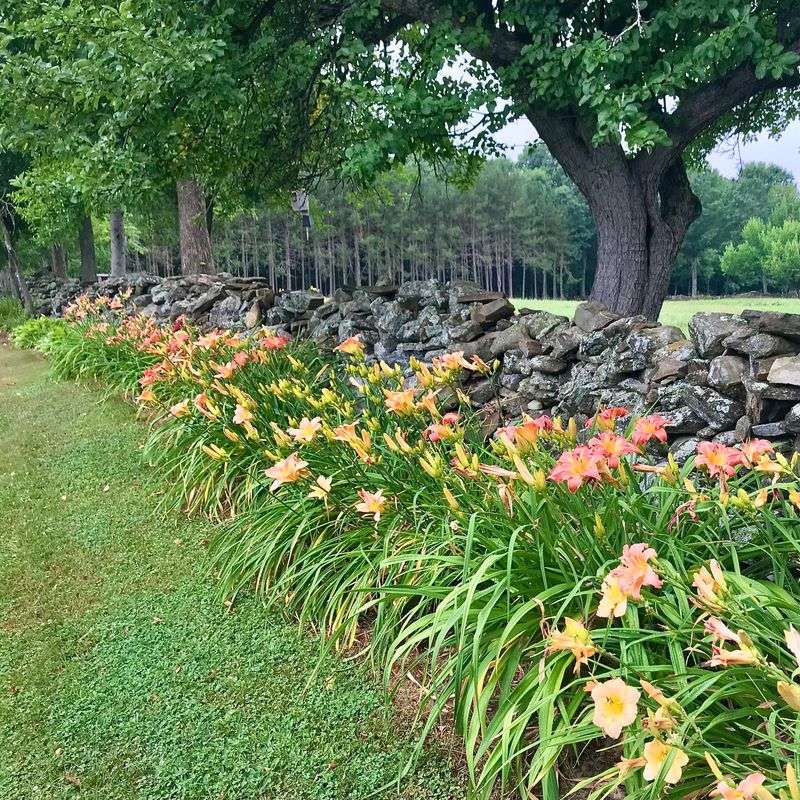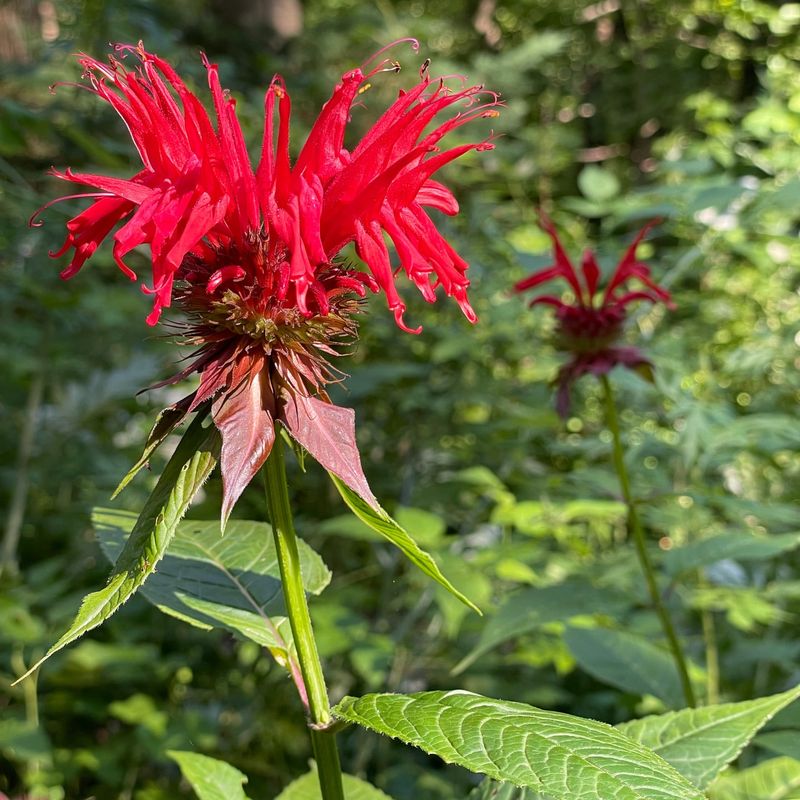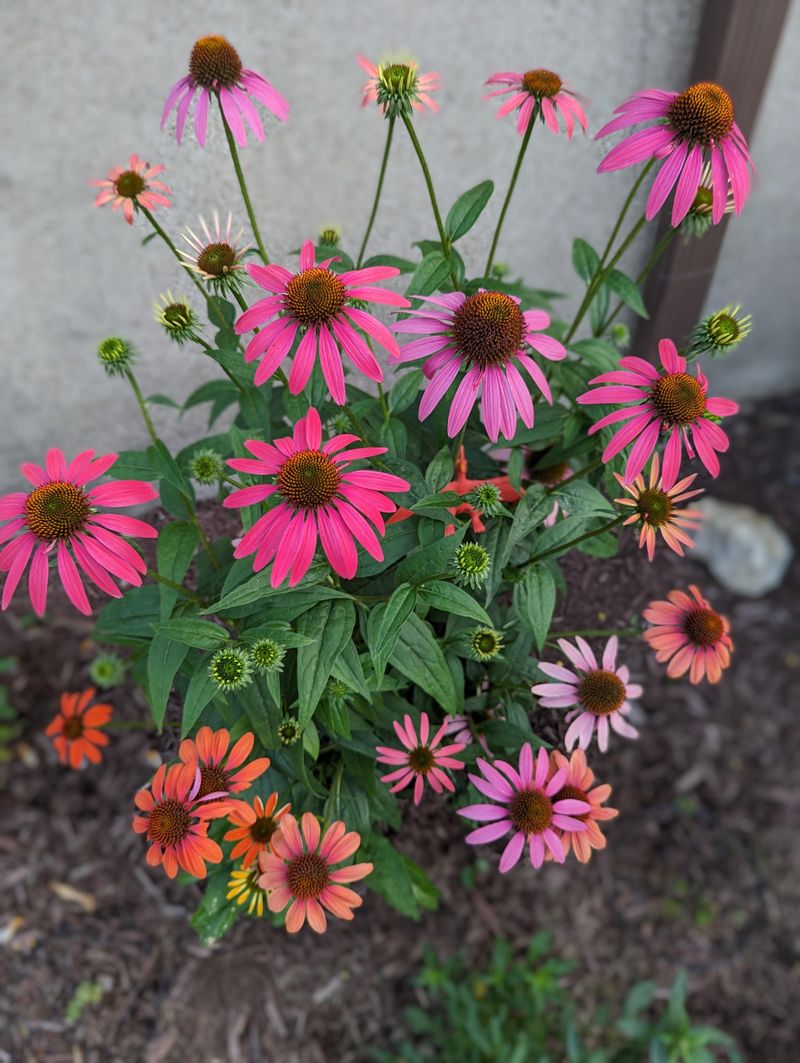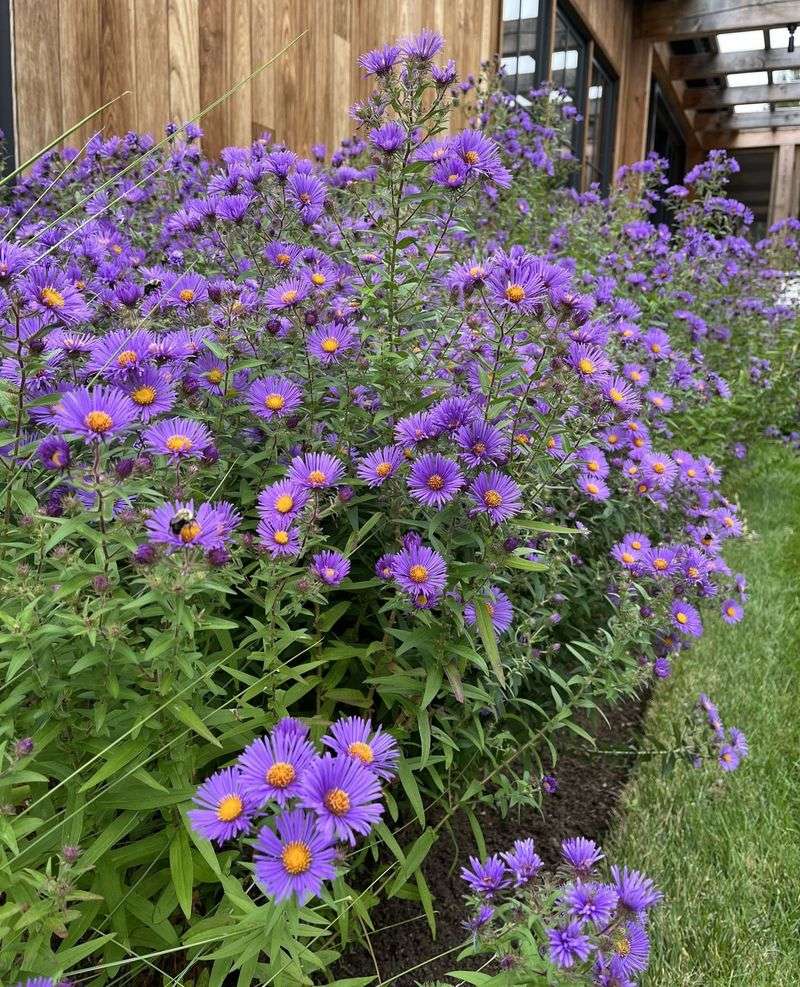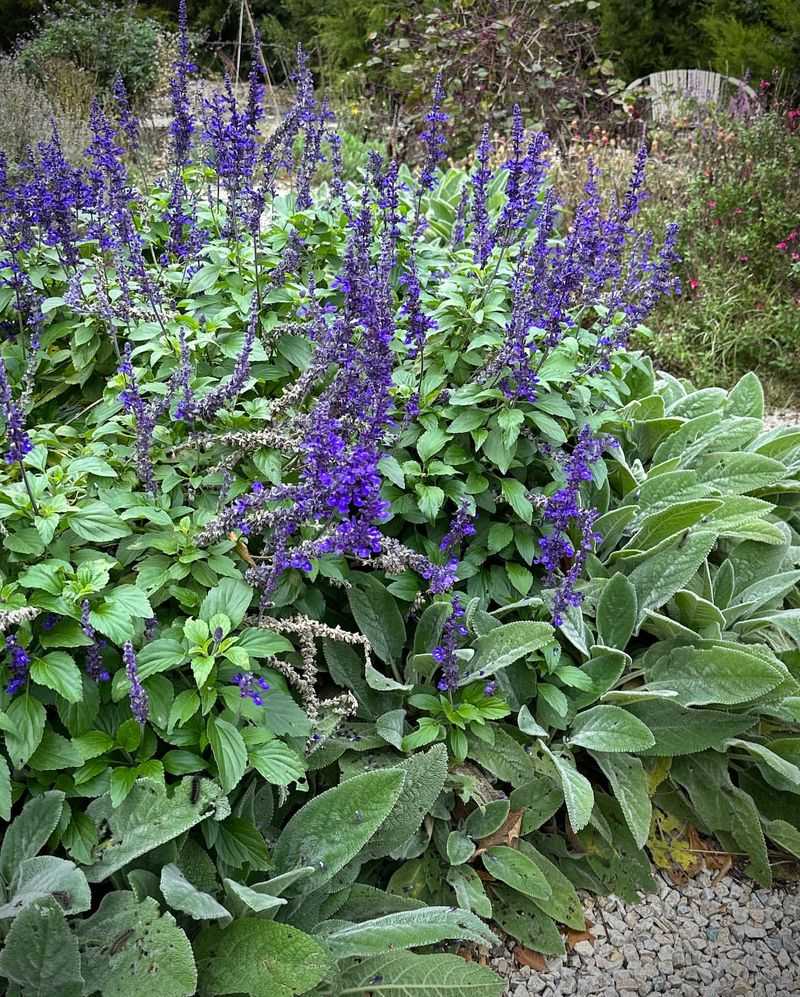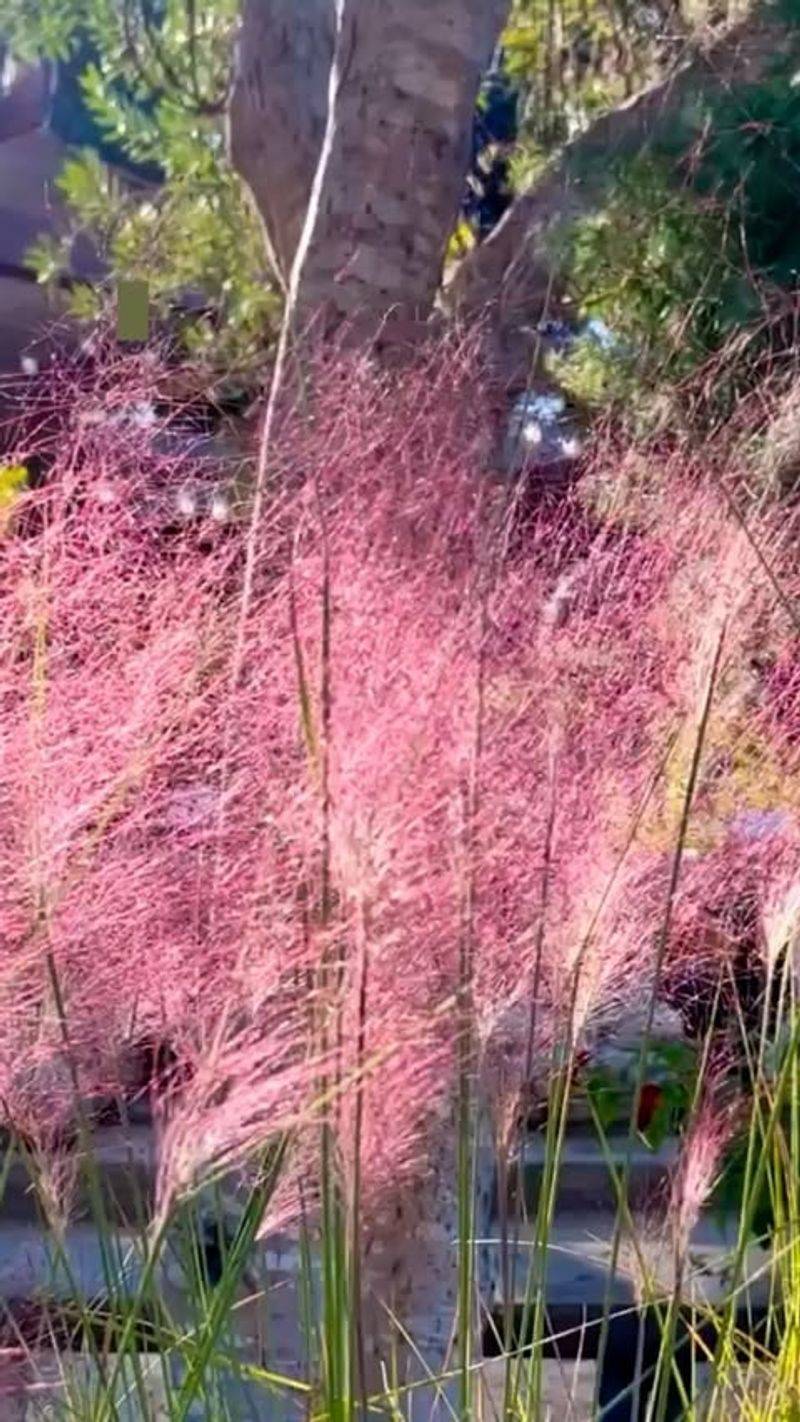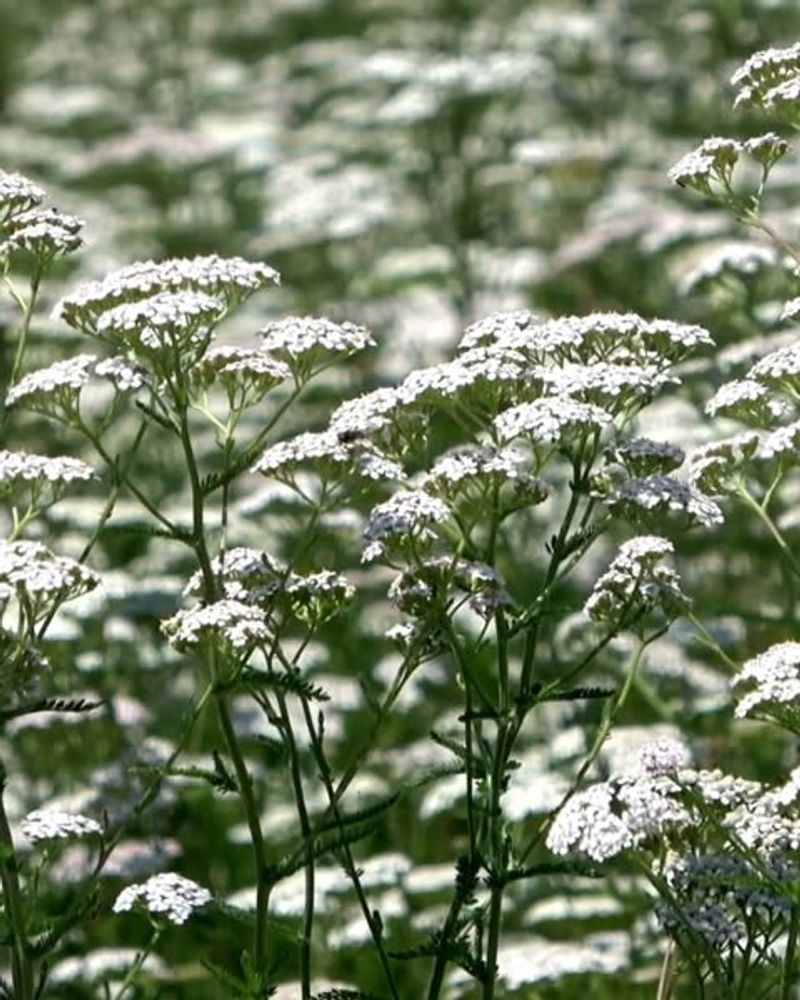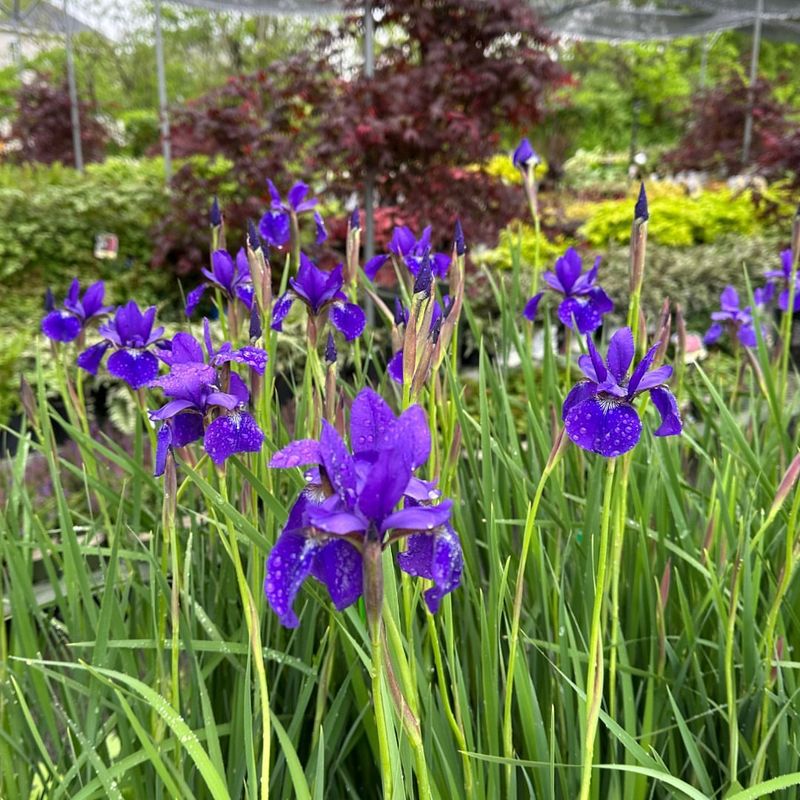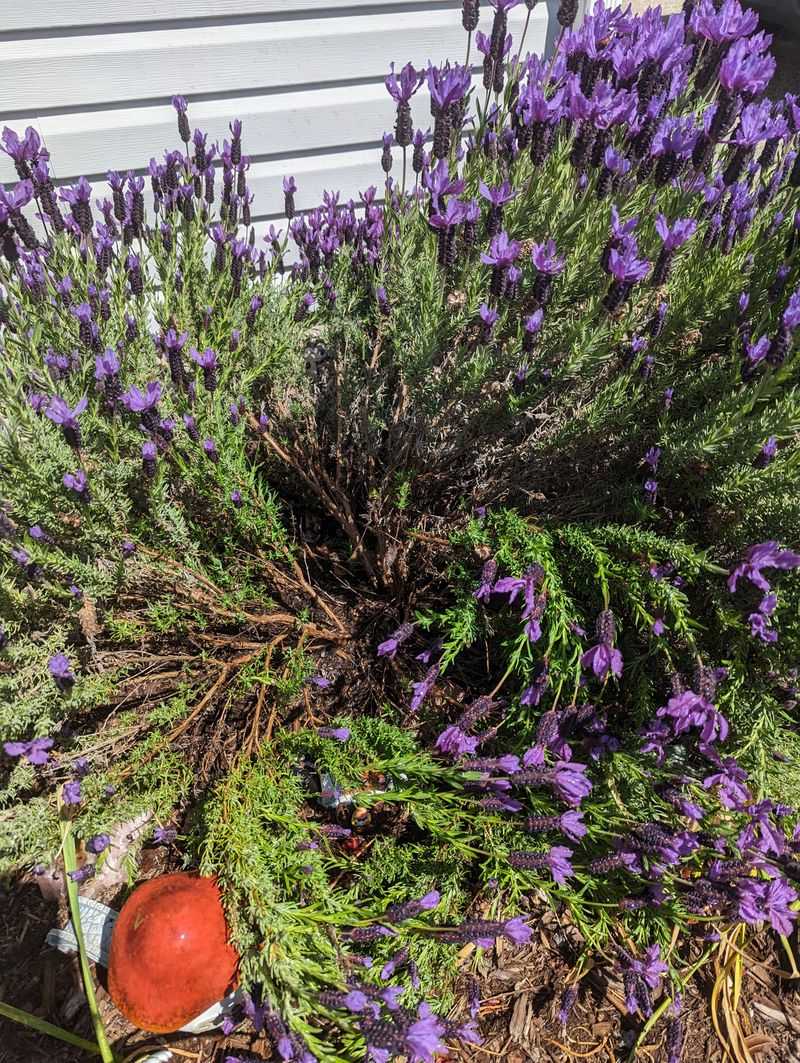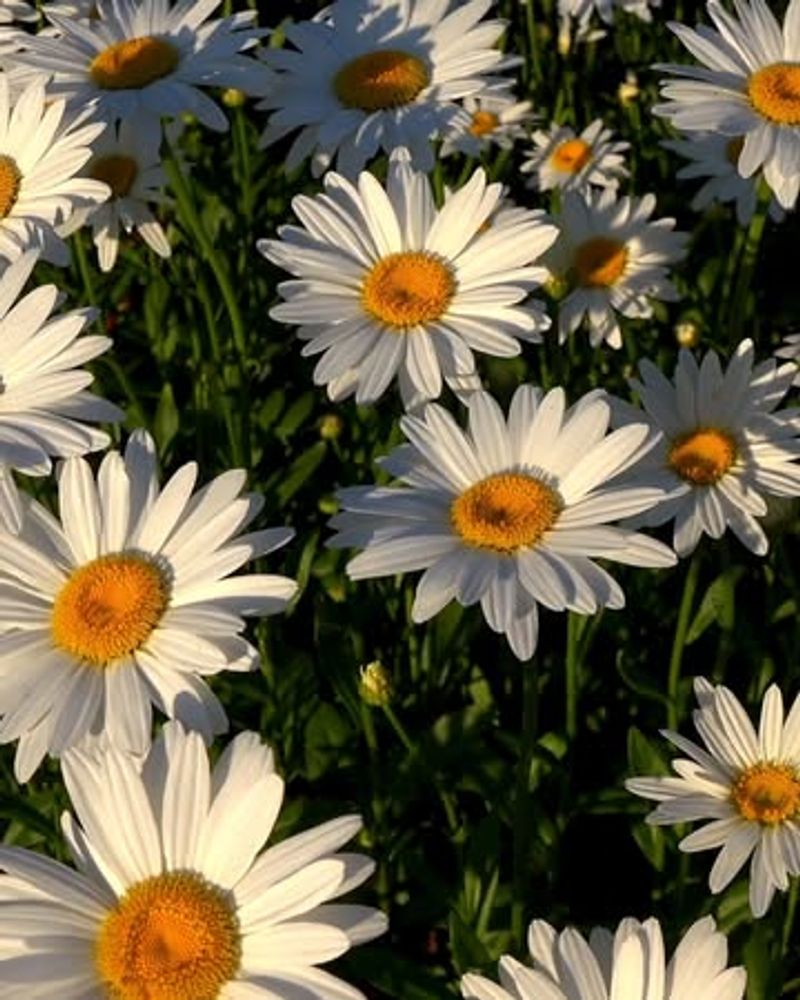October in Georgia is the perfect time to tidy up the garden for the months ahead. These 13 plants respond best to a trim before winter sets in.
I’ve found that a little pruning now pays off with stronger growth next spring. Give your garden some autumn attention and watch it flourish next year.
1. Phlox
After those beautiful summer blooms fade, your phlox needs attention. Cut the stems down to about 1-2 inches above the soil to prevent fungal issues that plague many Georgia gardens.
This cleanup helps air circulation around the crown and reduces disease problems next year. Your phlox will return stronger in spring with this simple October maintenance.
2. Black-Eyed Susans
Many Georgia gardeners leave these native favorites standing for wildlife, but selective pruning has benefits. Remove any diseased or damaged stems while leaving some seed heads for birds.
Cutting back about one-third of the plant improves air circulation and reduces potential disease issues. The birds will thank you for leaving some seeds during Georgia’s milder winter months.
3. Hostas
Once those broad leaves start yellowing, it’s time to act. Cut Georgia hostas back to ground level after the first light frost to prevent slug eggs from overwintering in the decaying foliage.
This cleanup significantly reduces pest problems next spring. Georgia’s climate can sometimes harbor slugs year-round, so this October maintenance step is especially important for hosta lovers.
4. Daylilies
Fall is when daylily foliage starts looking ragged in Georgia gardens. Trim the fans back to about 6 inches from the ground, removing any brown or yellowing leaves completely.
This grooming prevents overwintering spots for diseases and pests common in Georgia. Your daylilies will emerge cleaner and healthier in spring with less competition from weeds that hide in old foliage.
5. Bee Balm
The once-vibrant flowers have faded, and mildew often appears on bee balm in Georgia’s humid climate. Cut stems back to about 2 inches above the soil line to improve air circulation.
This pruning reduces powdery mildew issues next year. Georgia gardeners who perform this simple October task will be rewarded with healthier, more vigorous bee balm plants come spring.
6. Coneflowers
You might be tempted to leave all coneflower seedheads for birds, but selective cutting helps plant health. Remove any diseased stems completely while leaving some seed heads intact for Georgia’s winter birds.
This balanced approach supports wildlife while preventing disease spread. Georgia gardeners appreciate how this native perennial rewards minimal October maintenance with years of reliable blooms.
7. Asters
After their spectacular fall show ends, Georgia asters need attention. Cut stems back to about 3-4 inches above ground once blooms fade completely to prevent self-seeding and maintain plant shape.
This pruning prevents these enthusiastic spreaders from taking over. Many Georgia native gardens benefit from this October maintenance that keeps these beautiful but vigorous plants under control for next season.
8. Salvias
As October temperatures drop in Georgia, salvias start looking tired. Cut back perennial varieties to about 6 inches from the ground, removing all spent flower stalks completely.
This rejuvenation prevents woody growth and encourages fuller plants next year. Georgia gardeners know this simple fall maintenance step keeps these drought-tolerant beauties performing their best season after season.
9. Ornamental Grasses
Unlike many perennials, ornamental grasses should NOT be cut back in October in Georgia. Their golden plumes provide winter interest and habitat for beneficial insects during Georgia’s mild winters.
Wait until February to cut these back. October is simply the time to remove any weeds around the base and perhaps divide any oversized clumps before winter sets in.
10. Yarrow
Yarrow’s ferny foliage often looks tired by October in Georgia gardens. Cut spent flower stems back to the basal rosette of leaves, about 2 inches from the ground, to prevent fungal issues.
This pruning encourages a tidy winter appearance and prevents self-seeding. Georgia’s occasionally wet winters can cause rot in unpruned yarrow, making this October maintenance particularly important for long-term plant health.
11. Irises
Georgia’s bearded irises benefit from fall cleanup to prevent borers and rot. Cut back any yellowing or diseased foliage to about 6 inches tall, creating a fan shape with your cuts.
This pruning improves air circulation around rhizomes. Georgia gardeners should also take this October opportunity to lightly uncover any buried rhizomes, ensuring they get proper sun exposure for next year’s blooms.
12. Lavender
October is perfect for light pruning of lavender in Georgia gardens. Remove spent flower stalks and trim back about one-third of the current year’s growth, but never cut into woody stems.
This gentle pruning prevents plants from becoming leggy. Georgia’s sometimes humid climate can be challenging for lavender, making this careful October maintenance essential for keeping plants compact and healthy.
13. Shasta Daisies
By October, Shasta daisies in Georgia gardens have finished their show. Cut back all stems to about 2 inches above soil level after they’ve finished blooming and begun to decline.
This complete cutback prevents overwintering pests. Georgia gardeners find that this simple October maintenance task rewards them with fuller, more floriferous plants in the following growing season.

